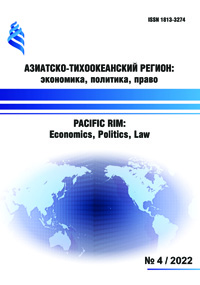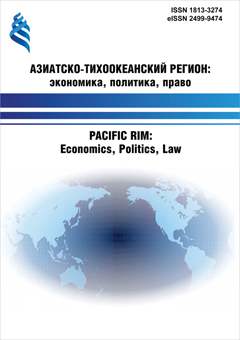NATIONAL LEGAL REGULATION OF THE USE AND DISSEMINATION OF REALISTIC AUDIOVISUAL FAKE MATERIALS (DEEPFAKES): CHINA’S EXPERIENCE
DOI:
https://doi.org/10.24866/1813-3274/2022-4/91-104Keywords:
artificial intelligence, deepfake, cyber law, information technology law, development of legal regulation, China law, unlawful interference in the sphere of human and civil rights and freedoms, computer crime.Abstract
The use of artificial intelligence in most areas of public life has become an
everyday reality. Modern technologies, having a number of indisputable advantages, expressed in increasing economic productivity, reducing costs, efficiency of public administration, optimization of administrative and administrative functions, nevertheless pose
certain risks. The mass dissemination of artificial intelligence technologies among the
general public and the simplification of their application open up the possibility of using
the achievements of technological progress for illegal and criminal purposes. Such dualism of technological progress is fully proven by the method of generating realistic audiovisual fake images and materials by artificial intelligence (the technology of ‘face
change’ or deepfakes), which has already gained great ‘popularity’ for its use in the criminal environment. The use of artificial intelligence technologies, no matter for what purposes, inevitably raises the question of the need for regulatory legal regulation of this new
sphere. Deepfake technologies are no exception. One of the proposed directions, and the
most widespread for regulating the creation and use of fake realistic audiovisual images
and materials involves a complete ban and the establishment of criminal and administrative responsibility. In this regard, the experience of the People's Republic of China in the
field of regulation of deepfakes is of particular interest. The legislator of China has chosen a different way to form a national legal framework for the use of ‘face change’ technologies. The article discusses the adopted and proposed for adoption legal acts of China regulating the creation and distribution of fake audiovisual materials. The analysis shows
that the Chinese legislator refused to completely ban deepfakes, but defined a number of
special rules for their use. One of them is the mandatory labeling of materials generated
by artificial intelligence, as well as the imposition of a number of additional responsibilities on operators and information service providers. The adopted provisions have one
goal – to prevent the use of deepfakes for illegal purposes, namely to undermine public
order and the state system, as well as to violate the rights of citizens (the right to image,
the right to honor and dignity, the right to privacy). Realizing the danger of using the
technology of ‘face change’, the legislator of the People's Republic of China also established responsibility for the illegal creation and distribution of fake audiovisual images
and materials: civil and criminal. The authors believe that the approach of the Chinese
legislator to the regulation of deepfakes is the most optimal one and meets the requirements of modernity, and therefore can become an example of building a national legal
regulation of this sphere.



